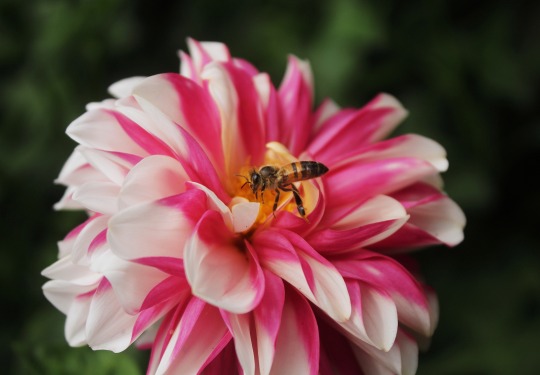Text
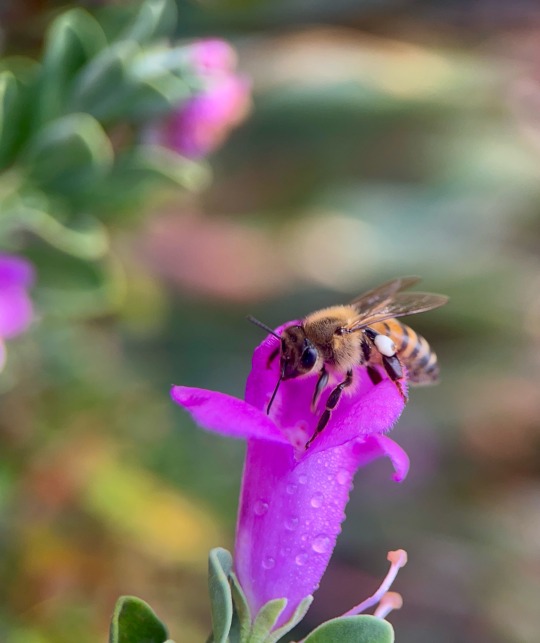
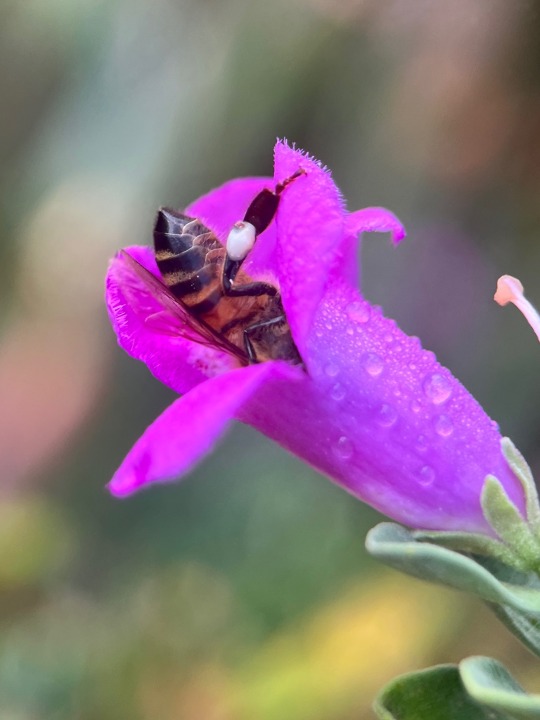

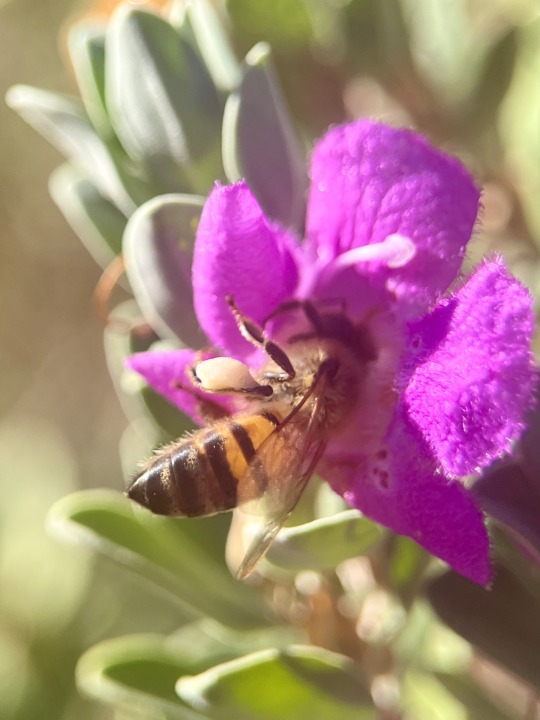
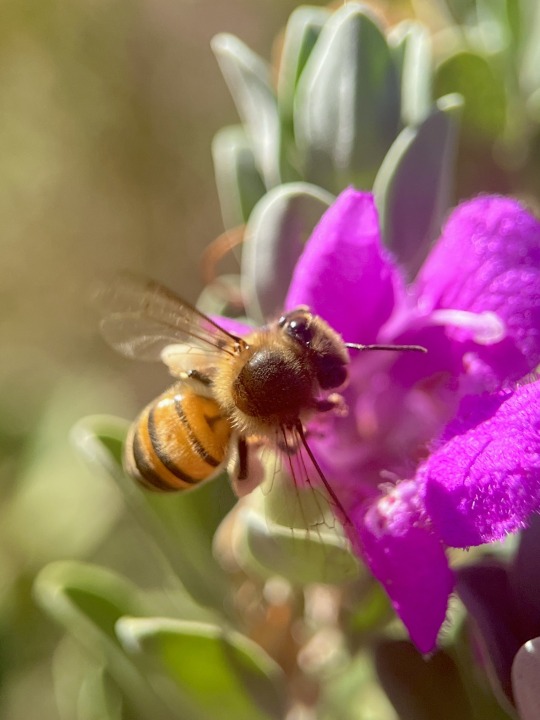
Honey bee / genus Apis loading up her corbiculae (the “pollen baskets” on her legs)
49 notes
·
View notes
Text
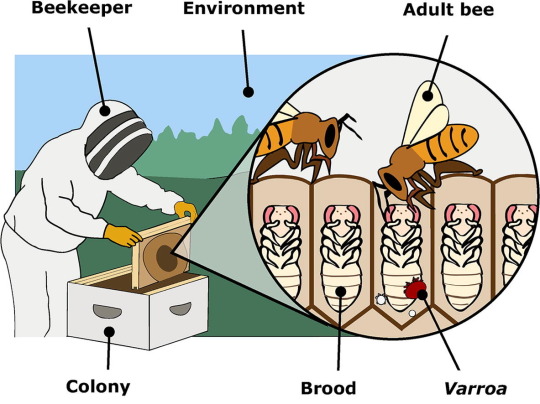
Want to learn about honey bees? The Varroa destructor mite is a key factor in causing colonies to collapse. These mites lower bee immune responses, act as biological vectors for pathogens, and replicate viruses, increasing the risk of colonies failing. This graphic shows how Varroa move within a colony.
Nurse bees are caretakers for upcoming generations. Nurses and the brood anatomically have larger fat bodies (an organ critical for immune system function). Varroa will climb off the adult nurse bees, into the brood cells, where they will parasitize them, vector viruses all while female mites reproduce within the cells. With mites carrying high viral infection levels, they are likely to carry a variant of Deformed Wing Virus which can have obvious and deadly symptoms.
Graphic from: Mondet et al., “Honey Bee Survival Mechanisms against the Parasite Varroa Destructor: A Systematic Review of Phenotypic and Genomic Research Efforts.”
#honey bee#pollinators#pollinator extension#beekeeping#apis mellifera#bees#viruses#virus#deformed wing virus
5 notes
·
View notes
Video
White clover is a spring-blooming pollinator nutrition source. These flowers have been documented to see ~50 species of insect pollinators with the primary pollinators being honey bees and hover flies!
10 notes
·
View notes
Photo
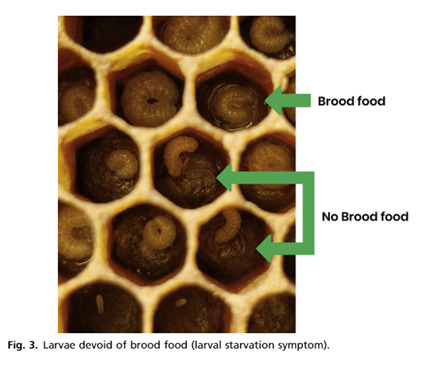
For beekeepers, figuring out if your hive is malnourished is not easy! A recent paper I read explained that a key visual symptom to look for is in brood cells. Nurses are feeding brood and if there is not adequate nutrition coming in, there will not be a lot of brood food in their cells. If you are concerned that your hive is not getting enough nutrition, look at the brood cells for brood food!
Tsuruda, Jennifer M., Priyadarshini Chakrabarti, and Ramesh R. Sagili. “Honey Bee Nutrition.” Veterinary Clinics: Food Animal Practice 37, no. 3 (November 1, 2021): 505–19. https://doi.org/10.1016/j.cvfa.2021.06.006.
2 notes
·
View notes
Text
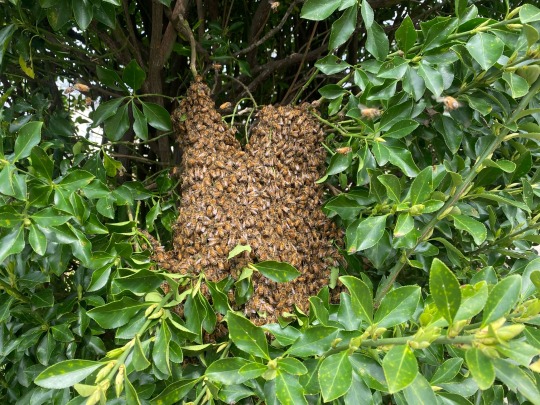
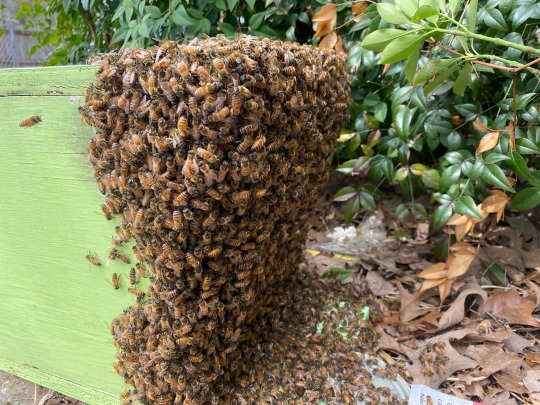
First swarm of the year!
I think this might be my earliest swarm to date, because my first is usually around the middle of April.
120 notes
·
View notes
Link
Dr. Kayla Perry speaks about Ohio State Extension Services and landscape-level composition influence on bumble bees on the PolliNation podcast.
#pollinator extension#pollinator species#bumble bee#biodiversity#pollinators#North American pollinators
1 note
·
View note
Link
Did you know that birds pollinate plants? Listen to Dr. Rousseau talk about Ornithology research at Cornell University
1 note
·
View note
Photo

What harms pollinators? A plethora of threats exist! A lack of nutritional biodiversity, agriculture systems, pesticides, pathogens, parasites, and climate change all harm pollinator populations!
https://esajournals.onlinelibrary.wiley.com/doi/full/10.1002/fee.2325
1 note
·
View note
Photo
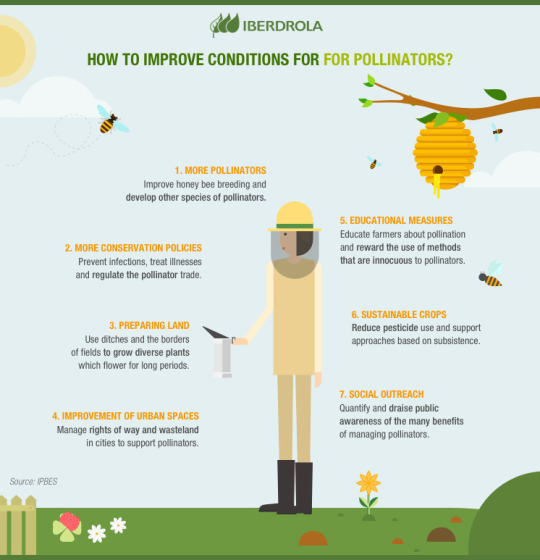
1 note
·
View note
Photo
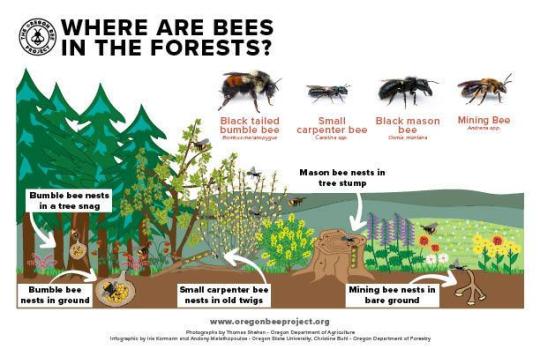
Bees in the forest
1 note
·
View note
Link
1 note
·
View note
Text
cute gold skipper butterfly uses its mouth straw to eat from a Shasta daisy in my flower garden!
41 notes
·
View notes
Link
Despite extensive efforts, nobody had ever definitively documented the pollination of the ghost orchid, a mysterious plant that grows in the towering trees of the Everglades—until now.
The ghost orchid is one of the rarest and most mysterious flowers in North America. Until recently, scientists could only guess at how the 2,000 or so plants that cling to the trees in Florida’s remote old-growth swamp forests are pollinated—no one had ever photographed the event before.
The ethereal flowers thrive in difficult-to-access, flooded forests and are only pollinated at night by, it’s long been assumed, a moth. The giant sphinx moth, with a proboscis long enough to reach deep into the flower’s nectar tube, was a prime suspect.
Photographer Mac Stone became captivated by this enigma after friends took him deep into a Florida swamp to a secret glade teeming with hundreds of dangling ghost orchids. In the summer of 2018, he put his climbing skills and technical prowess to use to help finally solve it.
Stone enlisted Peter Houlihan, a conservation scientist from the Florida Museum of Natural History who had spent more than five frustrating years trying to catch a giant sphinx moth in the act. For months the two men climbed a tree in the Audubon Corkscrew Swamp Sanctuary that hosts a ghost orchid, setting a camera trap, waiting diligently…
73 notes
·
View notes
Photo
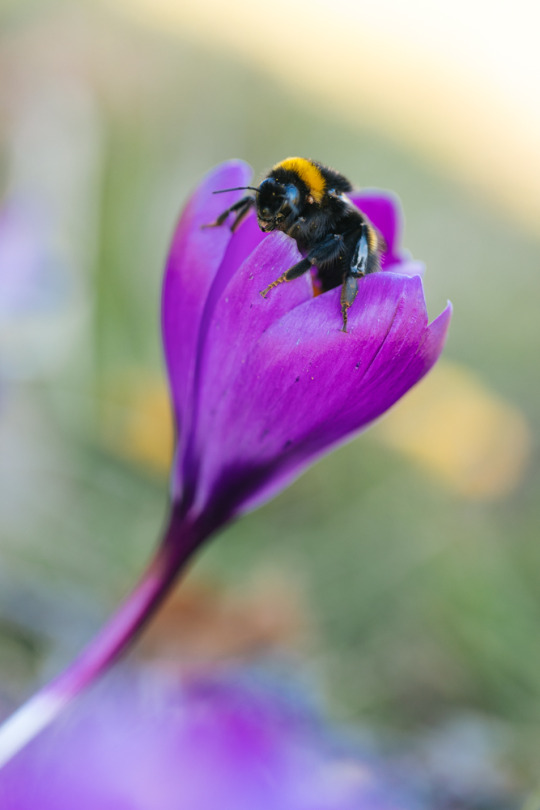
Emerging for spring…
My first bumblebee sighting of the year! Always exciting!
188 notes
·
View notes
Text
9 notes
·
View notes
